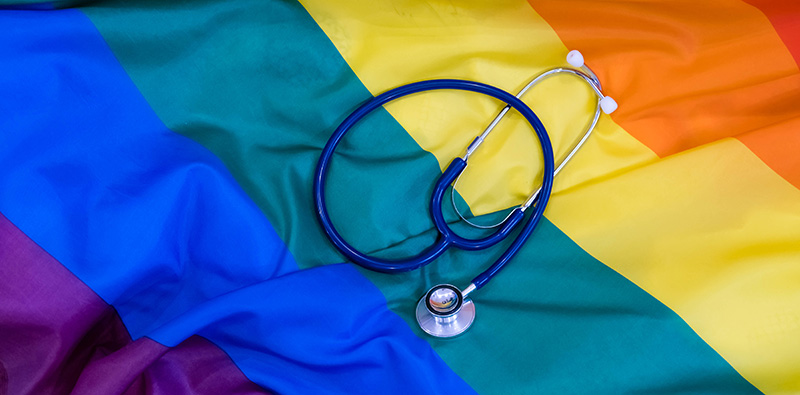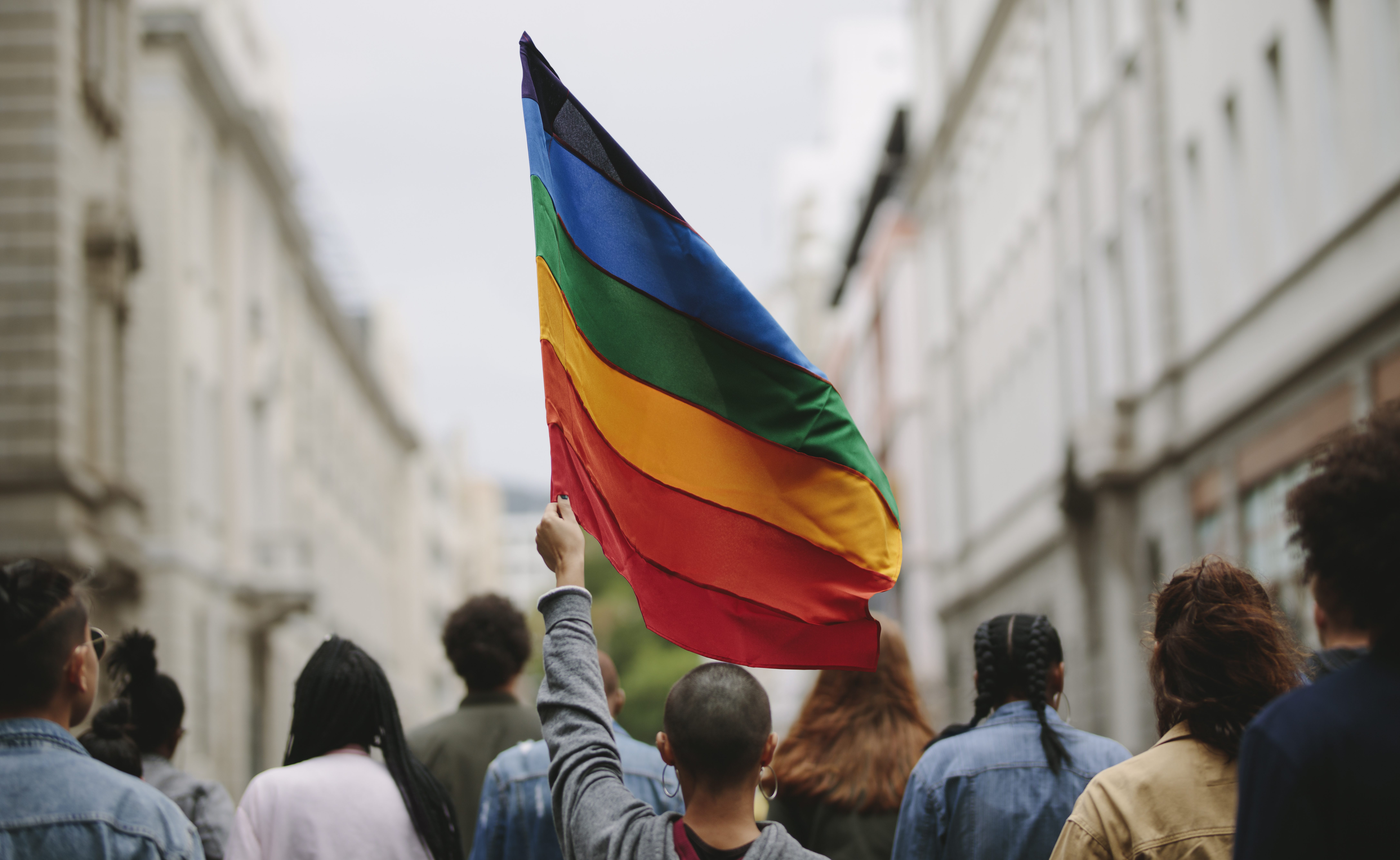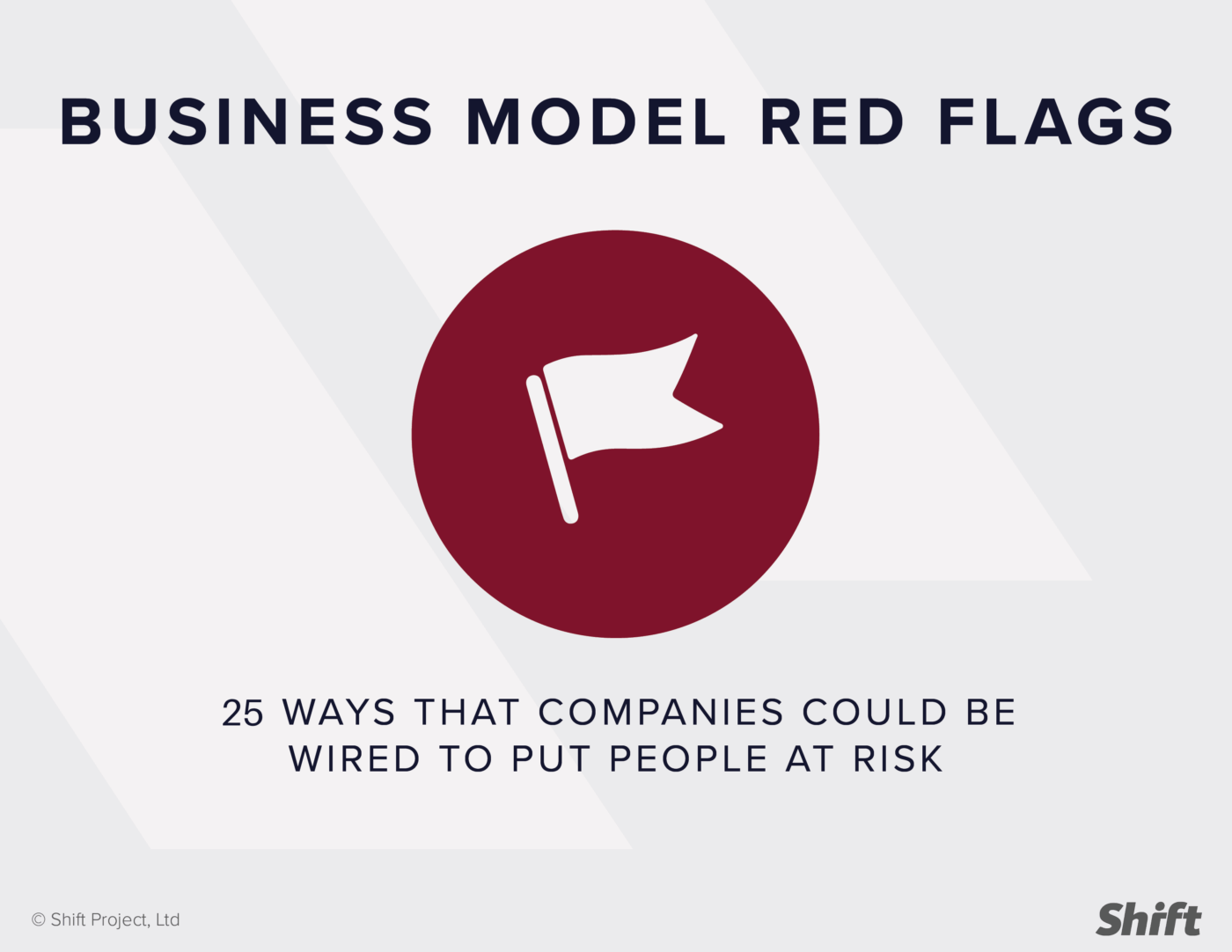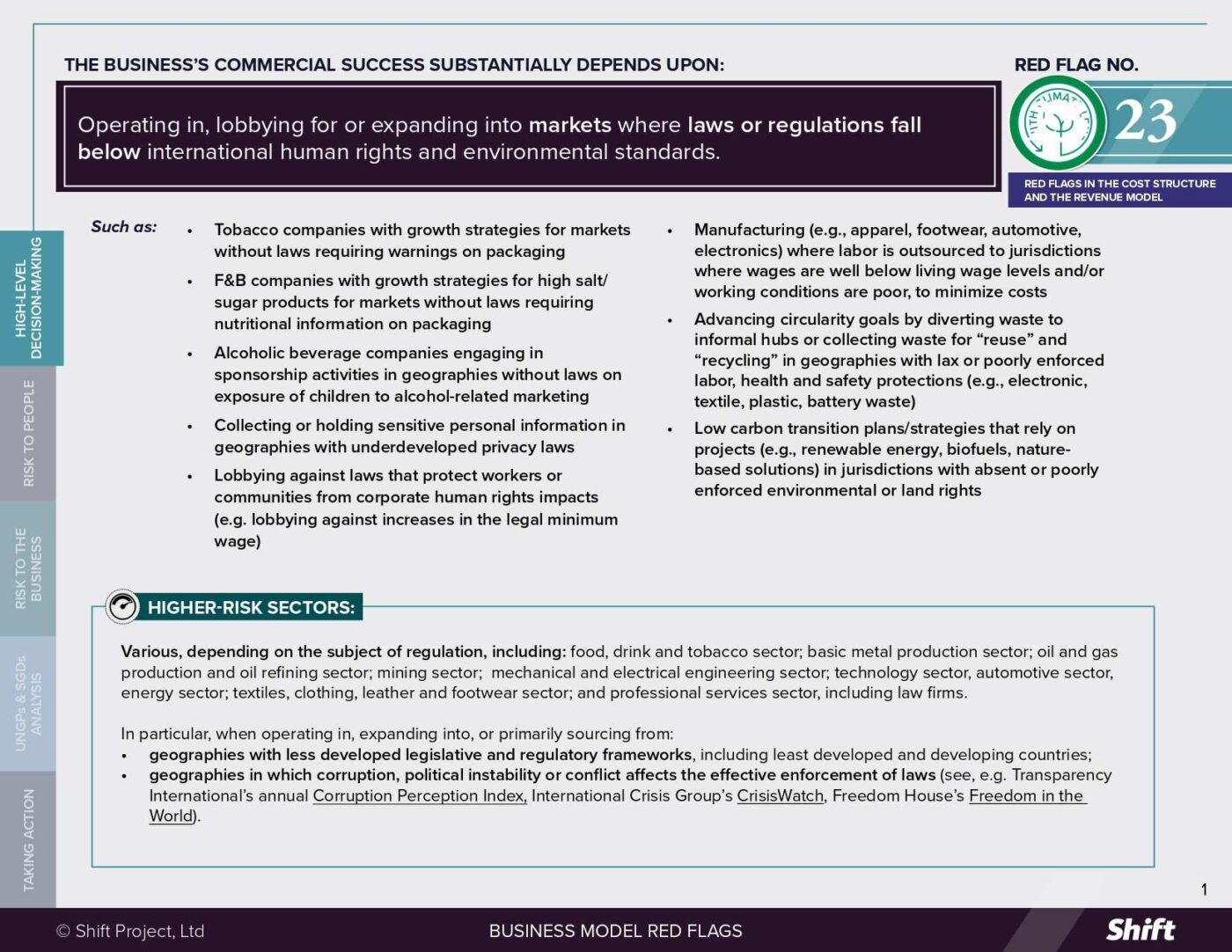June 28 marks the 50th anniversary of the Stonewall uprising, the event that sparked the modern lesbian, gay, bisexual, transgender and queer (LGBTQ) movement. Ever since, queer communities have taken their fight for justice to the streets all over the world in their yearly Pride march. In a few (mostly Western) cities, Pride has become a celebration of diversity and inclusion. In some, it continues to be an outcry against hate and violence. And in many, where state persecution against gender and sexual minorities prevails, it is still a valiant, life-risking venture undertaken by a handful of activists in the name of visibility and justice.
More and more, Pride is also becoming an annual reminder to companies both big and small to consider their role and responsibility with regards to LGBTQ rights. Too many companies opt for cautious pragmatism, centering their analysis around the opportunities and risks to their business. In markets where LGBTQ rights continue to be a contentious topic, companies usually shy away from demonstrating strong support, fearing that doing so could taint their brands, unleash political repercussions or even endanger their presence in a specific market. Conversely, companies can rush to be bold, loud and opportunistic where they see prospects of upping sales for a quarter by commodifying diversity, with targeted messages of supposed allyship and products washed with a rainbow veneer. This approach -also known as pinkwashing– naturally leads to unfortunate inconsistencies, with multinational businesses using one hand to wave rainbow flags in New York, London or Cape Town, and the other to censor or dismiss queer narratives in Jakarta, Nairobi or Sao Paolo.
Pride is also becoming an annual reminder to companies both big and small to consider their role and responsibility with regards to LGBTQ rights.
To prevent this dissonance, companies should take a principled approach to respecting and helping advance LGBTQ rights. The UN Guiding Principles on Business and Human Rights (UNGPs) offers a lens that can help companies think about sexual orientation, gender identity and gender expression (SOGIE) in a way that puts people -and not only share value- at the center of their thinking and their decisions.
Start with a stethoscope, not a bullhorn.
Most companies that decide to support LGBTQ rights take the ‘bullhorn’ approach. They target markets where they can be ‘loud and proud’, and look for ways to boost their queer allyship, through rainbow products, donations or ‘inclusive’ advertising. Not many companies, however, start their search from within. Using a ‘stethoscope’ approach means that, before a company considers making a public statement on LGBTQ rights, it should assess how its products, services, operations and practices are impacting (or could impact) LGBTQ people negatively.
Companies can take a stethoscope approach by asking at least these three questions:
- How are we treating our own people?
Start by looking at your own policies, environment, and culture through a lens of inclusion and nondiscrimination. Does your company offer a safe, judgment-free environment for people to express and live their own identities? Does your business have recruitment, retention, promotion, representation and overall human resource policies that specifically prevent and address discrimination and harassment based on SOGIE? Does your health insurance provider offer support to transgender employees, same-sex couples, and other populations with particular health needs? Are there support and counseling mechanisms in place to address mental health needs? Is there a safe and effective channel to report grievances that LGBTQ staff feel comfortable using? - How do we conduct our business?
This question asks you to take a look at the nature of your business, and ensure there is no SOGIE discrimination in how you design, produce, offer, advertise, and sell your products and/or services. It also means performing proper due diligence to seek to ensure that there is no discrimination and/or violence against LGBTQ people along your value chain, or in how your products and services are made, delivered or used. - Where and how do we choose to invest?
Most of the world continues to be highly hostile to LGBTQ people. Currently, a third of all UN Member States criminalize same-sex consensual activity (including 11 where the death penalty is still on the books, one of them by stoning). Many others have legal barriers preventing LGBTQ people from exercising their rights, fail to recognize their families, or at the very least, lack comprehensive protections against violence and discrimination based on SOGIE. In this context, where and how a company decides to invest matters. This does not mean that companies should necessarily steer clear from adverse markets. However, they should make decisions with due attention to the severe human rights risks that exist in each market, and the way in which their investments could empower those who are persecuting LGBTQ people. In fact, some companies are realizing that, as investors, they have important leverage they can use creatively to reduce risk and advance LGBTQ rights.
Taking the ‘stethoscope’ approach does not mean that companies should not take a public stand in favor of equality.
These three questions can help companies start conversations to identify risks, put in place mitigation measures to address them, and design a principled process for decision-making. They offer a framework that should be informed by effective and ongoing stakeholder engagement. This requires an approach that understands both the similarities and vast differences that exist in the diverse sexual and gender identities encompassed by the LGBTQ acronym. Too many businesses fail to prevent risk to people (or even end up making things worse) because they had good intentions but misinformed solutions.
But, wait! Does this mean we should stop doing pride marketing campaigns?
Taking the ‘stethoscope’ approach does not mean that companies should not take a public stand in favor of equality. When used thoughtfully, a company’s voice can be transformational. However, when done haphazardly, it can be inadequate, detrimental and even put people’s lives at risk. Making the right call means understanding the context when assessing whether a company’s voice should be loud and public, subtle and targeted, collaborative and part of a coalition, or silent, ceding the space for others to have their voices heard instead.
Above all, companies should learn when and how to use their voice to spotlight LGBTQ rights, rather than using LGBTQ rights to cast a spotlight on themselves. Because as much as the support of a company can help move things forward, true allies know that respecting the history of a rights movement also means knowing when to lead from behind.

 By Daniel Berezowsky
By Daniel Berezowsky




